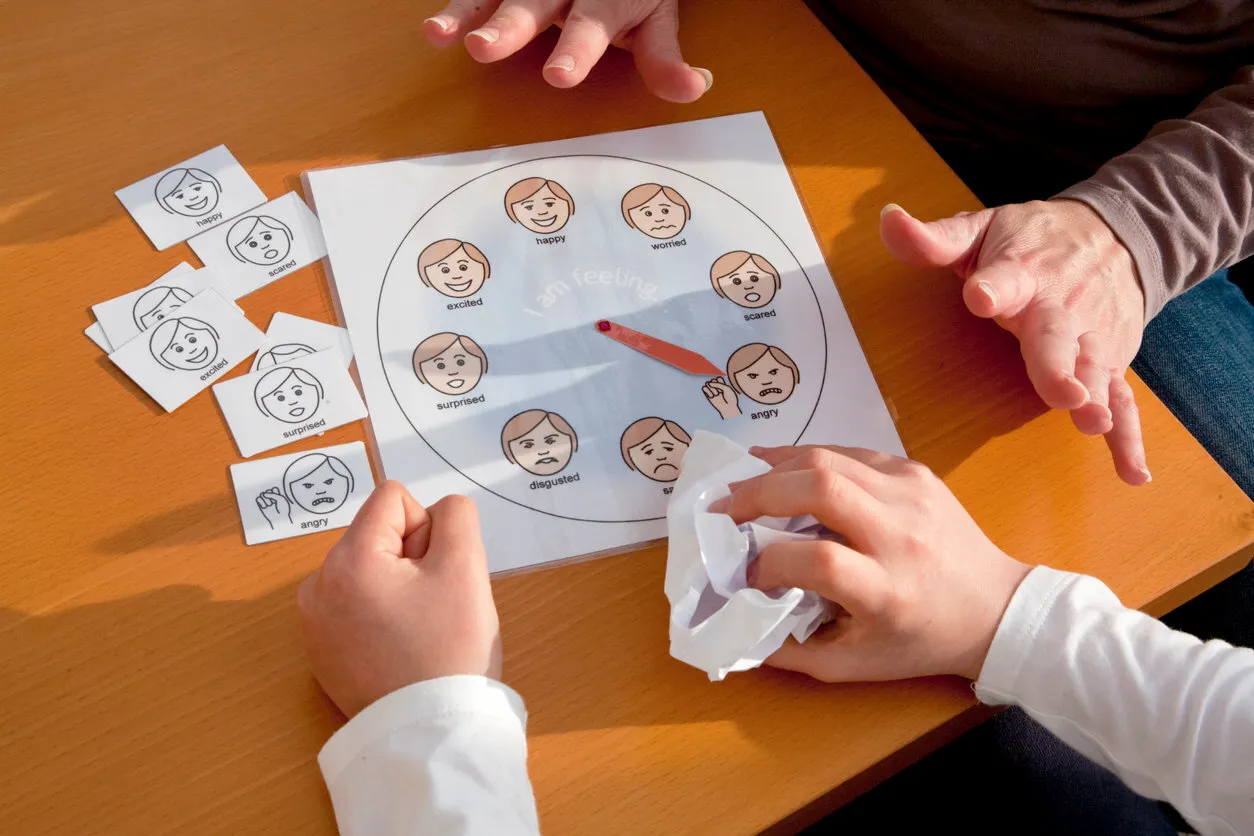Once parents accept the diagnosis for their child, the search begins for different solutions ranging from a cure to do away the autism or cope with it using various therapies that can offer maximum benefit. In the rush and zeal of doing what is right for the child, sometimes parents miss out on certain important aspects.
Specific Concerns And How To Address Them:-
1] Creating A Sound Ecosystem For The Child
A lot of mothers complain of lack of support at home. They feel that they have understood and are in an emotional space where they can help their child, but the other family members are not supportive. The diagnosis can put an emotional drain on all concerned, especially when they resist the diagnosis, instead of focusing on accepting and fighting it.
On the other hand, If they are supportive, the strengths of the individual family members can be used to help the child when he is at home so that there is continued learning, and generalization of gains, even in the home environment.
Ideally, the intervention team in addition to providing a therapy plan for your child also designs a family need-based program, tailor-made to suit the unique needs and circumstances of each family. Here, it is advised that they can call in these family members to vent their feelings to the family advisor in the team.
2] Setting Priorities
There are times when it is difficult to juggle your daily chores and responsibilities along with taking care of the child. However, one needs to recognize and address the primary concerns first, which is the needs of the child. This is important as the efficacy of the intervention depends on starting early and sustaining it.
This essentially translates into prioritizing the child’s routine, setting goals and conducting the intervention on a sustained level. For instance, there can be a specific time and duration for each activity like catch and throw the ball on a daily basis to reinforce the skill of hand-eye coordination in a focussed manner. It is important to note that this time should be free of other distractions. For other chores, one can try delegating or getting external help.
3] Generalizing The Learning Process
In many circumstances, the child performs well during therapy with his mother as well as with the therapist at the clinic. However, he may show reluctance and discomfort while working with other people. This can stem his learning as he is not receptive to people who are less familiar. Another reason could even be the mother’s reluctance towards trusting other people to help out.
To address this, first of all, it is important to accept that there could be others who can also meet some needs of the child. For instance, once a child is gradually exposed to trusted neighbours, friends, he can get help in activities such as catch and throw etc. a mother needs to let go of the impulse of not letting the child out of her sight and allow others to spend time and pitch in resources for your child. This also helps the child develop much needed social skills. Soon you may find that there are people out there who are more than willing to support in different ways. Sometimes, you need to just ask, and avoid isolating yourself...This helps in maintaining your energy levels as well.
Once the above factors are taken into consideration, it helps in lessening the stress and harvesting the optimal benefits of the therapy.

